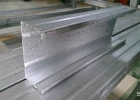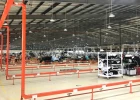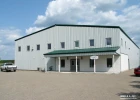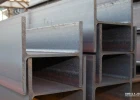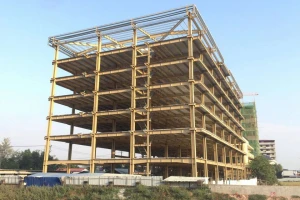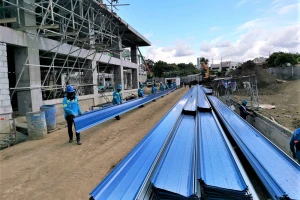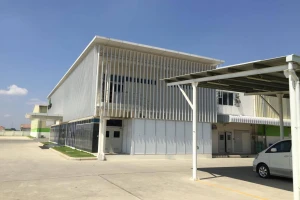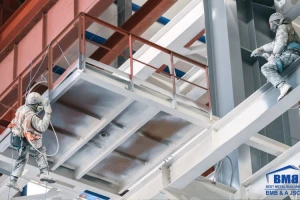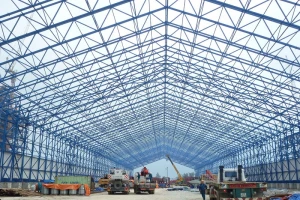강구조 설계의 인기 있는 방법에 대한 전반적인 정보
설계는 건설 프로젝트의 성공에 중요한 역할을 합니다. 적절한 강구조 설계 방법은 프로젝트의 성공을 가져옵니다. 아래 기사에서는 BMB Steel이 강구조의 인기 있는 설계 방법에 대한 종합적인 정보를 제공할 것입니다.
현재 강구조 설계에는 간단한 설계, 연속 설계 및 반연속 설계의 세 가지 표준 방법이 있습니다. 구조 내의 이음부는 정확한 계산 값을 도출하기 위해 핀형 또는 강체형으로 가정됩니다. 간단한 설계에서는 이음부 구조가 완벽한 핀으로 이상화됩니다. 연속 설계는 이음부 구조가 강체이고 작동 중 회전운동이 없다고 가정합니다. 반면 반연속 설계는 보다 현실적으로 고려됩니다.
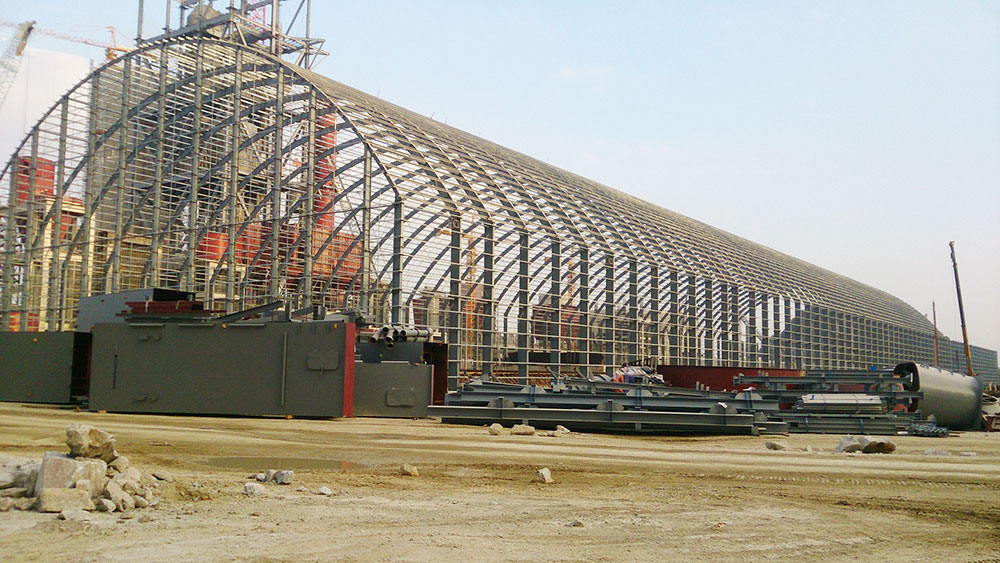
1. 간단한 강구조 설계
간단한 설계는 전통적인 방법으로 여전히 많이 사용됩니다. 간단한 설계는 이음부 간에 이탈이 발생할 때를 제외하고는 모멘트가 이음부 간에 전달되지 않는다고 가정합니다.
건설 회사는 강구조가 측면 하중과 흔들림에 저항할 수 있도록 고층 건물에 브레이스나 콘크리트 코어를 공급해야 합니다. 설계자는 이음부 응답과 관련된 가정을 강조하고 설계 개발에서 발생하는 부정적인 영향을 피해야 합니다. 오랜 경험을 통해 건설 회사는 요구 사항을 충족하는 세부 유형을 공급해 왔으며, 설계자는 간단한 구조물에서의 이음부 연결 관련 기준을 참조해야 합니다.
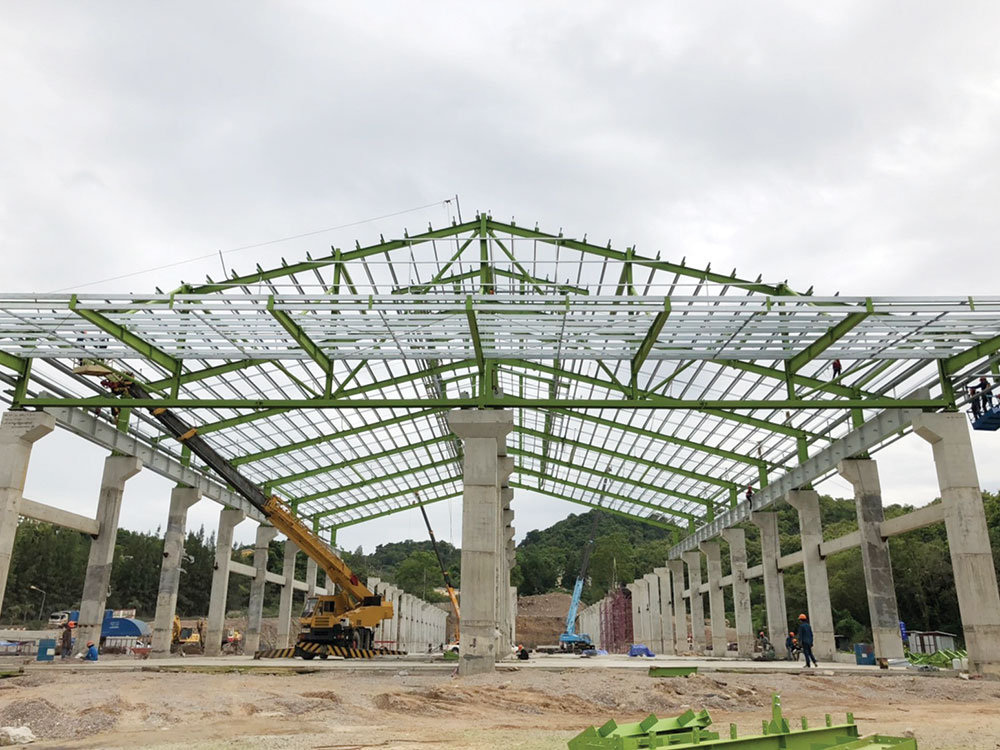
2. 연속 강구조 설계
연속 설계는 이음부가 강체이며 구조의 이음부 간에 모멘트가 전달된다고 가정합니다. 비틀림, 기둥과 같은 프레임의 작용은 구조가 흔들리는 것에 대한 안정성을 제공합니다.
일반적으로 연속 설계는 간단한 설계보다 훨씬 복잡합니다. 따라서 프레임 구조를 분석하기 위해 특정 소프트웨어를 사용하는 것이 필수적입니다. 작동 중에는 이음부 간의 현실적인 조합을 고려해야 합니다. 이음부 특성 간의 연결은 설계 방법이 탄성인지 플라스틱인지에 따라 다르게 해야 합니다.
탄성 설계에서, 조인트는 프레임 주위의 힘과 모멘트 분포가 계산 값과 다르지 않도록 충분히 강해야 합니다. 조인트는 구조 분석 프로세스 중 힘과 전단을 견딜 수 있어야 합니다.
플라스틱 설계에서, 이음부의 안정성은 궁극적인 용량을 결정하는 데 중요한 역할을 합니다. 이음부의 강도는 이음부나 이음부 부분의 플라스틱 힌지를 결정합니다. 이는 붕괴 메커니즘에 영향을 줍니다. 이음부 내에 힌지가 설계될 경우, 이음부는 회전 운동을 견디기 위해 신중하게 제작되어야 합니다. 이음부의 강성은 보의 처짐, 흔들림 처짐 및 흔들림 안정성을 계산하는 데 중요한 요소입니다.
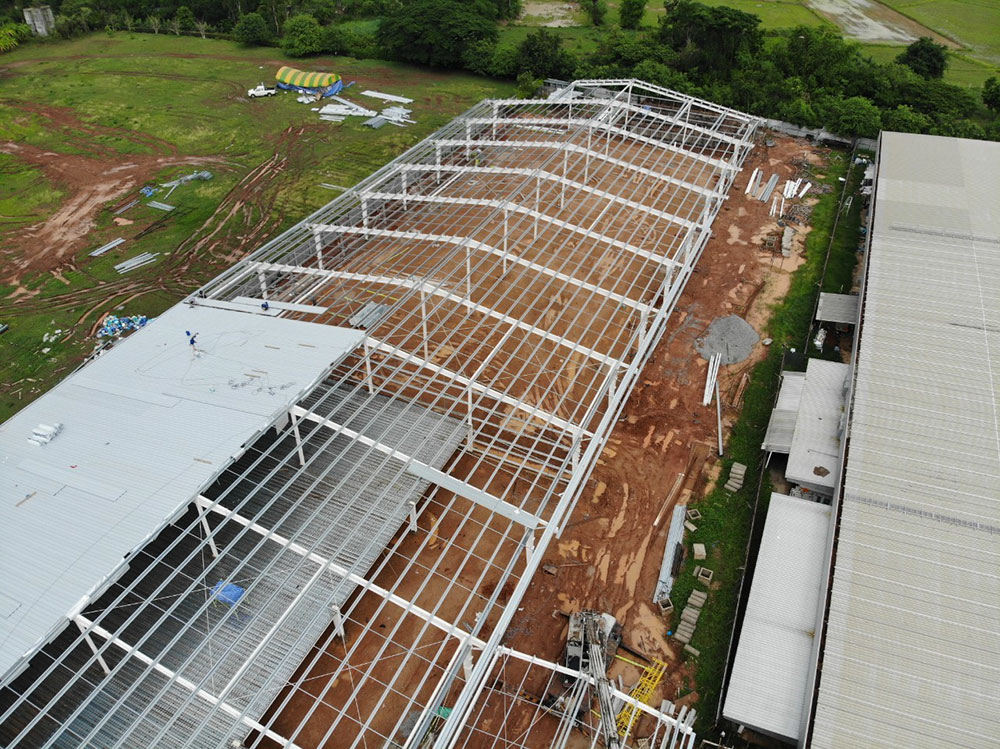
3. 반연속 강구조 설계
반연속 강구조 설계는 간단한 설계 또는 연속 설계보다 훨씬 더 복잡합니다. 분석은 복잡하고 세밀하며 일반 설계에 적합하지 않습니다. 반연속 설계를 처리하기 위해 복잡한 소프트웨어나 컴퓨터 프로그램이 필요합니다.
그러나 프레임에 대한 2가지 간단한 프로세스가 있습니다: 브레이스 프레임과 비브레이스 프레임입니다. 브레이스 프레임은 브레이스나 코어 시스템이 측면 하중에 저항하는 구조입니다. 비브레이스 프레임은 비틀림 기둥과 보가 측면 하중에 저항하는 구조입니다.
간소화된 절차:
(i) 바람 모멘트 방법: 이 방법은 비브레이스 프레임에 적용됩니다. 이 절차에서는 중력 하중을 고려할 때 보와 기둥을 핀형으로 가정합니다. 바람의 작용 아래에서는 이들을 강체로 가정하며, 이는 프레임 작용에 의해 측면 하중이 발생한다는 것을 의미합니다.
(i) 반연속 설계 방법: 이 방법은 브레이스 프레임에 적용됩니다. 이 절차에서는 보에 가해지는 힘을 줄이고 처짐을 줄이기 위해 정확한 이음부를 고려합니다.
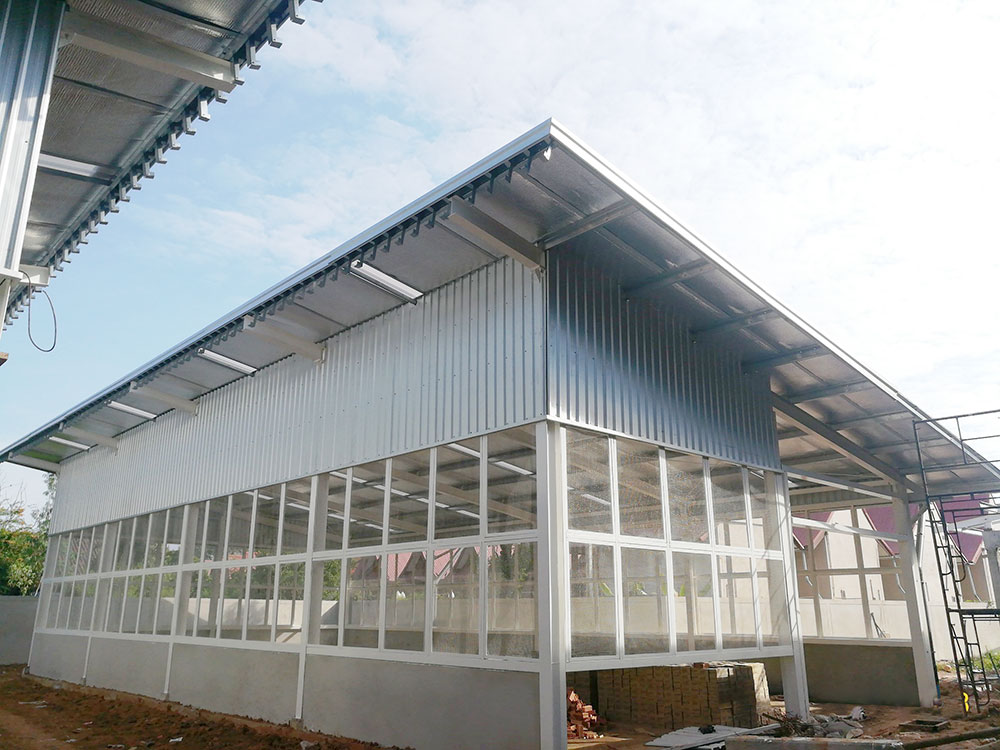
위의 내용은 강구조 설계 방법과 관련된 모든 정보입니다. 이 기사가 도움이 되기를 바랍니다. 추가 질문이 있으시면 상담 서비스에 문의하시기 바랍니다.










